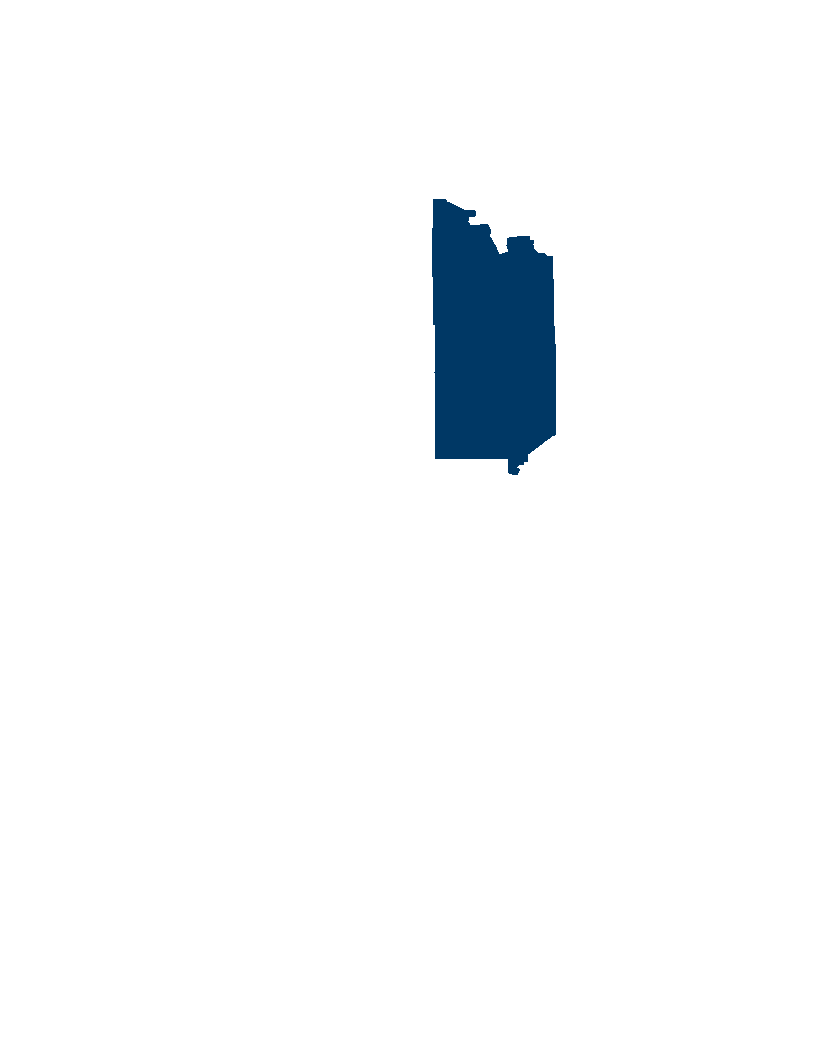Voyageurs National Park Wetland Restoration Project, Phase 3
Wetlands in large lakes in the Voyageurs National Park area have been degraded by invasive cattails, which reduces biodiversity, degrades fish/wildlife habitat, and outcompetes wild rice/manoomin. Phases 1&2 of the project entailed refinement of restoration methods. We will continue mechanical treatment methods in Phase 3 to remove invasive cattails and other vegetation, including use of contracted harvesting machines, NPS owned-cutting machines, and hand crews in more inaccessible areas. Total new acreage restored/enhanced will exceed 310 ac, with additional acres possible with successful prescribed burning. Most treated wetlands will see increases in wild rice/manoomin.
Earlier phases of our Wetland Restoration Project were completed under an Adaptive Management framework, aka "Learning by Doing." Through these previous efforts we have better refined our restoration techniques, including which techniques work best in different types of wetlands or under different water level conditions.
For this Phase 3 proposal, we have identified an additional 37 wetland parcels (310 ac total) in Kabetogama and Rainy Lake portions of Voyageurs National Park that could be restored or enhanced using a combination of methods. Dense stands of invasive hybrid cattail will be treated using one or more of these methods: 1) underwater and surface cuts of cattail using amphibious cutting machines and/or hand crews; 2) total removal of floating cattail mats using contracted harvesting equipment; 3) smothering of shallow-rooted cattails using organic spoils from total removal methods; and 4) prescribed burning when conditions allow. Woody encroachment into shallow sedge habitats will be set-back using hand crews, and these sedge habitats can be further improved using prescribed fire when conditions allow.
We have several excellent examples from Phases 1 and 2 of our project of wild rice/manoomin returning naturally from the dormant seed bank once released from competition with invasive cattails. However, efforts to enhance wild rice stands in treated wetlands using purchased wild rice seed have been mixed. On the other hand, mixes of native seed containing a variety of sedges, rushes, and other emergent and broadleaf wetland plants have been successful in increasing plant diversity in treated areas. Based on the knowledge our project has gained to date, we will enhance restoration efforts using wild rice and other native seed mixes targeted to areas most likely to achieve our objectives of increasing area of wild rice and/or increasing plant diversity in restored wetlands.
Voyageurs National Park initiated a 10-year Wetland Restoration Plan in 2016 to restore degraded wetlands in the park, particularly those impacted by invasive hybrid cattail, and Phase 2 will be mostly completed in 2023 with generous assistance from a grant from the Outdoor Heritage Fund. If funded, completion of Phase 3 of this proposed project would further restore cattail-invaded wetlands to diverse wetland communities that will create and enhance fish and wildlife habitat and improve recreational and cultural opportunities for all Minnesotans.
During phase 3, Voyageurs National Park will be working in cooperation with Voyageurs Conservancy. This partnership will assist in grant management and the long term maintenance of these restored wetlands.
$1,153,000 the first year is to the commissioner of natural resources for an agreement with the National Park Service to restore and enhance wetland and lacustrine habitat in Voyageurs National Park. A list of proposed restorations and enhancements must be provided as part of the required accomplishment plan.
Improved aquatic habitat indicators - Pre-treatment surveys of vegetation and wildlife for potentially restored sites started as early as 2015, before Phase 1 was initiated. Short-term monitoring (i.e., 1-3 years post-restoration) has occurred on sites already restored and is planned for future restored sites as well. Longer term monitoring of vegetation and wildlife indicator species (e.g., 5-10 years post- restoration) is also planned. All monitoring and evaluation of the project is funded by NPS and partners
NPS, NPS and Voyageurs Conservancy

